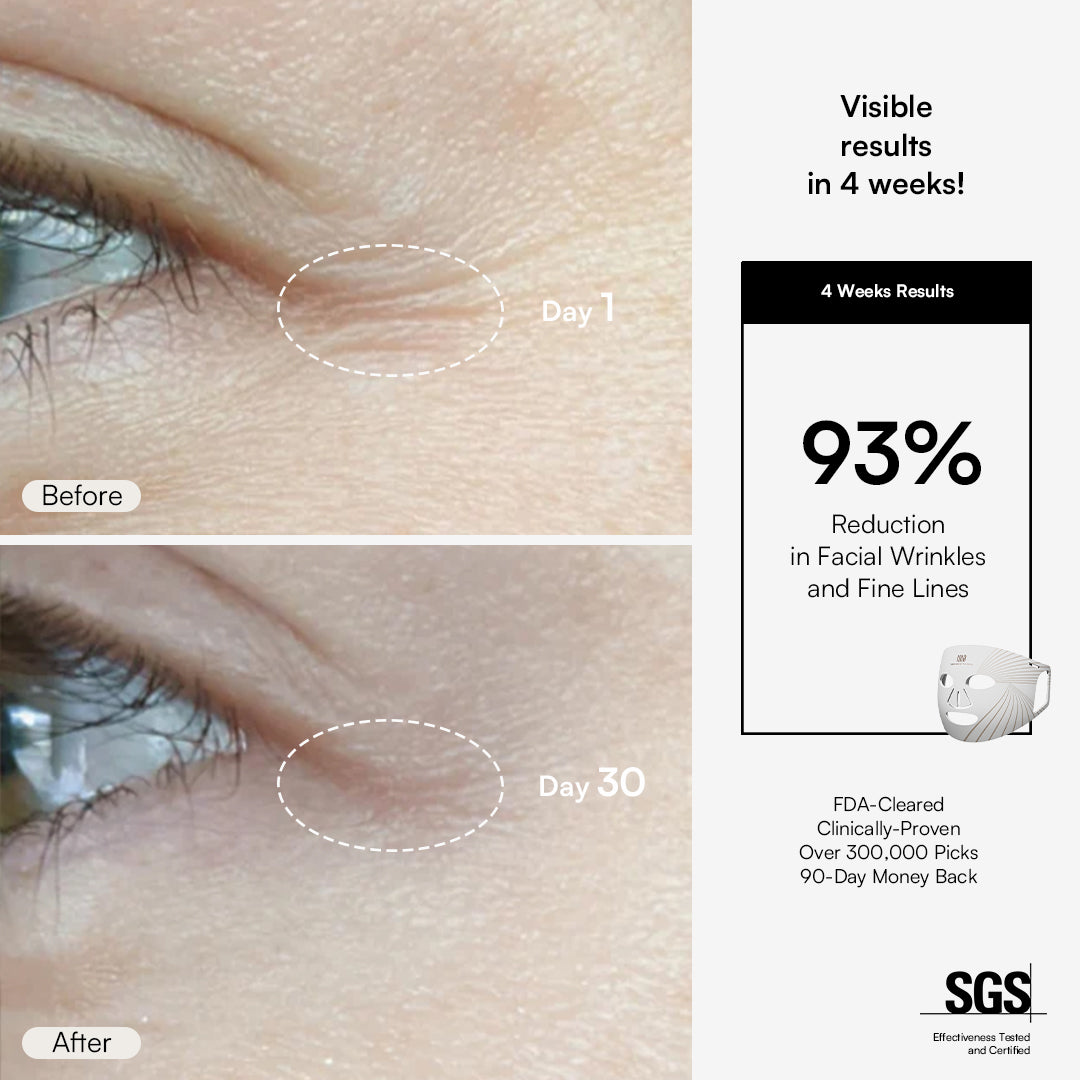Unlock the Secrets of Blue Light Therapy: Discover Its Surprising Benefits and Hidden Risks!
In recent years, blue light therapy has emerged as a popular trend within the wellness community, often touted for its remarkable potential in various treatments. From skincare solutions to mood enhancement, this innovative therapy has captured the attention of many seeking holistic approaches to health. However, while its benefits are numerous, it's essential to recognize the dual nature of blue light therapy, which also includes potential risks. In this article, we will delve into the intricacies of blue light therapy, exploring how it works, its various applications, and the importance of informed usage. Whether you're considering it for skin treatment or mood improvement, understanding both the advantages and precautions of blue light therapy is crucial for making informed decisions.

Understanding Blue Light Therapy
Blue light therapy involves the use of specific wavelengths of blue light to treat various conditions, primarily affecting the skin and mental health. At a biological level, blue light interacts with skin cells by penetrating the epidermis, which can lead to significant changes in cellular activity. This type of light has been shown to produce reactive oxygen species, which can help to kill bacteria, reduce inflammation, and promote healing. Conditions such as acne, psoriasis, and even certain skin cancers can benefit from this treatment. Additionally, blue light therapy has gained traction in the realm of mental health, with its application in treating seasonal affective disorder (SAD) and other mood-related conditions. By understanding the science behind blue light, users can appreciate its therapeutic potential and the mechanisms at play.
Benefits of Blue Light Therapy
The benefits of blue light therapy are diverse and well-documented. One of the most prominent uses is in the treatment of acne. Studies have demonstrated that blue light can effectively target and kill the bacteria responsible for acne breakouts, leading to clearer skin. Additionally, blue light therapy has shown promise in treating psoriasis, providing relief from the discomfort and visibility of this chronic condition. Beyond skin treatments, blue light therapy can also enhance mood and alleviate symptoms of depression. Research indicates that exposure to blue light can help regulate circadian rhythms, promoting better sleep patterns and overall emotional well-being. As a personal anecdote, a friend of mine struggled with mood fluctuations during the winter months, and after trying blue light therapy, she noticed a significant improvement in her mood and energy levels. This anecdote is in line with expert opinions that advocate for blue light therapy's role in enhancing mental health.
Psychological and Emotional Benefits
Blue light therapy is particularly beneficial for individuals experiencing seasonal affective disorder (SAD), a type of depression that occurs at certain times of the year, typically in the winter when natural sunlight is scarce. The therapy aims to mimic natural light, helping to alleviate depressive symptoms by influencing the body's production of melatonin and serotonin. Many users report feeling more energetic and less lethargic after sessions, leading to an overall enhancement in mood and mental well-being. The positive effects of blue light therapy on emotional health highlight its potential as a complementary treatment option for those struggling with mood disorders.
Potential Risks and Side Effects
While blue light therapy boasts numerous benefits, it's essential to address the potential risks associated with its use. Some individuals may experience skin irritation, especially if they have sensitive skin or do not follow the recommended guidelines. Eye strain is another concern, particularly for those who have prolonged exposure to blue light without adequate protection. Additionally, there are ongoing discussions regarding the long-term effects of blue light exposure, especially in a world increasingly dominated by screens emitting blue light. Therefore, it is vital to seek professional guidance before pursuing blue light therapy, ensuring that users are well-informed about the implications and best practices.
Informed Usage and Precautions
To safely use blue light therapy, it is crucial to follow specific guidelines. Consulting with healthcare providers can provide essential insights tailored to individual needs and conditions. Users should also be aware of their skin type and any pre-existing conditions that could affect their response to the therapy. Recognizing signs of overexposure, such as excessive redness or discomfort, is vital in preventing adverse effects. Additionally, using protective eyewear during treatment can help mitigate the risk of eye strain. By adhering to these precautions, users can maximize the benefits of blue light therapy while minimizing potential risks.
Final Thoughts on Blue Light Therapy
In summary, blue light therapy presents a compelling option for those seeking alternative treatments for various health concerns. Its benefits range from treating skin conditions like acne and psoriasis to enhancing mood and alleviating symptoms of seasonal affective disorder. However, it is equally important to be aware of the potential risks and side effects associated with its use. By prioritizing informed usage and consulting with professionals, individuals can make educated choices about incorporating blue light therapy into their wellness routines. As you explore this innovative therapy, consider your options carefully and prioritize your health and safety.








